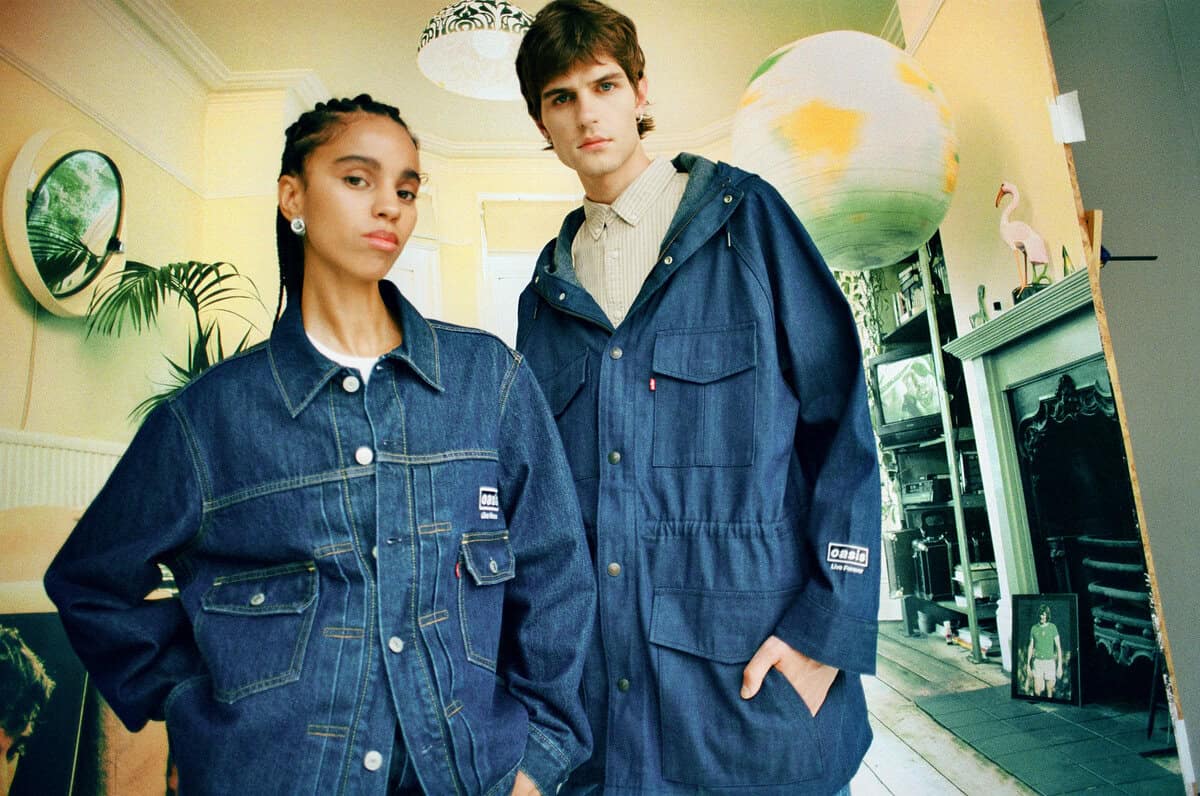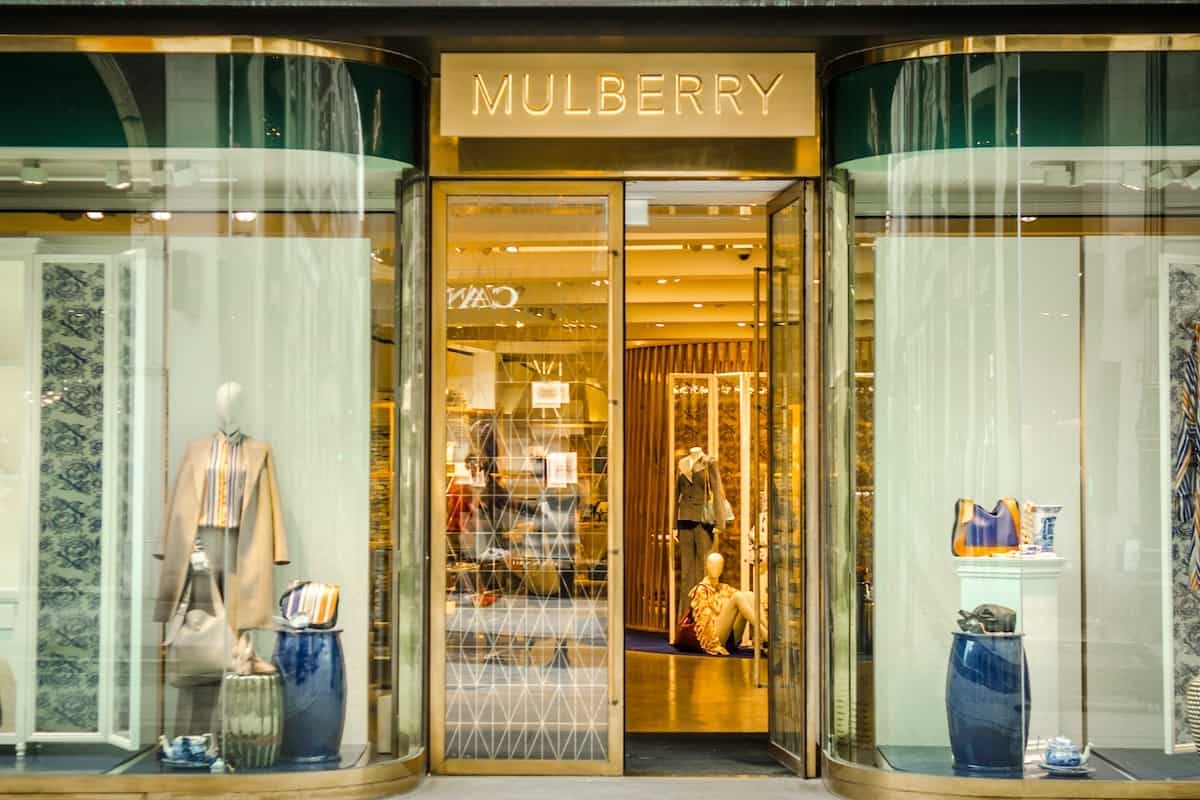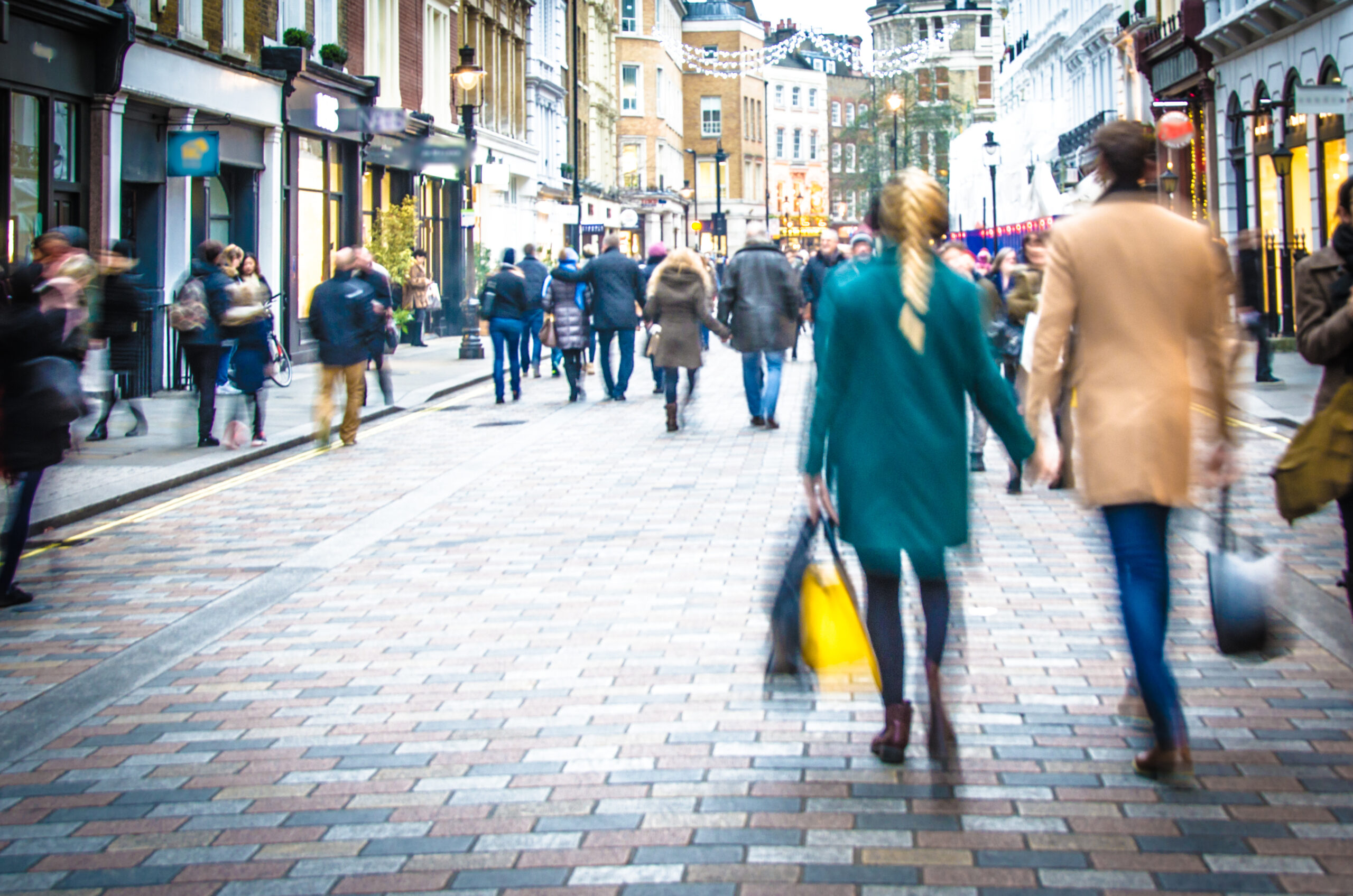Online sales grew modestly in December, but shoppers spent less across all channels than they did in November, the latest official figures show. Online food sales saw their biggest ever annual fall (-6.6%).
November looks to have been a better month overall for retailers than the traditional pre-Christmas month of December – even though spending on the late Black Friday appeared in the December figures. However, a greater proportion of non-food spending took place online in December than in November, and spending was up online on both an annual and monthly comparison, according to the Office for National Statistics’ Retail sales report for December 2019.
Online sales grew by 5.6% in December, compared to a year earlier, and by 1.6% compared to a month earlier. Some 19% of sales took place online, up from the 18.6% of retail spending that took place in November 2019.
Shoppers spent 1.1% more in December than they did a year earlier, to buy 0.7% more goods, excluding automotive fuel. In the three months to the end of December they spent 1.8% more to buy 1.3% more goods than in the same three months of last year.
But sales were down compared to both the previous month (-0.8% in value and volume) and the previous three months (-1% in value, -1.1% in volume). Shoppers bought less in all sectors except those selling household goods and fuel in the most recent three months, compared to the previous three months. Spending at non-food stores was down by 1% over the period, while clothing retailers saw their sixth consecutive month of no sales growth.
How shoppers spent online
The ONS figures suggest shoppers spent less on food online than they did the previous year (-6.6%) and the previous month (-4.2%), with 5.1% of grocery sales taking place online. The drop was the largest fall on record, and across channels food sales were down by 1.3% on the previous month.
Non-food sales, however, enjoyed online growth on both the year-on-year (+5.4%) and month-on-month (+6.3%) measures, with 15.5% of non-food sales taking place online. All categories saw sales rise in December compared to November, but the annual comparison was more mixed.
Retailers selling household goods enjoyed the biggest rises in online sales. In December, 17.2% of sales in this category took place online, rising by 23.2% on the previous year, and by 13.7% on the previous month.
Department store sales saw 16.8% of their sales take place online – with spending down by 3.3% on last year, but up by 15.5% on November. In the clothing, footwear and textiles category, 18.5% of spending took place online in December. Spending was down by 2% on a year earlier, and up by 0.3% on a month earlier. Some 11.1% of spending in ‘other’ category stores took place online, with sales up by 11% year-on-year (YOY), and by 1.4% month-on-month (MOM). In the non-store retailing category, dominated by pureplays but also including those selling in places including market stalls and auctioneers, 76% of spending was online. That was up by 8.8% YOY and flat (+0%) MOM.
Industry reaction
Commenting, Lee Lucas, principal and chief executive of the Fashion Retail Academy said: “It’s disappointing to see that extended Black Friday deals and heavy discounting didn’t cut it for fashion retailers. Clothing sales put in a lacklustre performance given it was gifting season, but it’s not the old story of the high street being taken on by the rise of online. Online clothing sales were down 2% annually.
“Clothing retailers are faced with numerous challenges and consumers became both more cautious and more conscientious as they went about their festive shopping.
“Fashion retailers that are able to adapt to changing customer expectations and offer a superior service will thrive and those that don’t will be left behind. Going into the new year with a potential Brexit deal around the corner we are hoping to see a rise in consumer confidence and more positivity for the entire sector as the year goes on.”
Hilary Ross, head of retail, food and hospitality at DWF, said: “Today’s figures are another blow to the retail industry. Given the dip in figures prior to Christmas this reflects consumers’ concerns about Brexit and the political stalemate. The high street continues to pay the price, with news of further closures to stores such as Jack Wills.
“Retailers are now placing their hopes on the fact that the political paralysis of the last few months is over, as the UK now has a parliament that can make decisions – hopefully giving consumers the confidence to return the high street in significant numbers. The next three months will be crucial to see if the ’Boris Bounce’ can deliver real results.”
Kyle Monk, head of retail insight and analytics at the British Retail Consortium, said: “Retail remains in the midst of a transformation driven by new technologies and changing consumer behaviour. Online purchases continue to rise, driven by Black Friday falling later in the year, giving an advantage to those retailers with a mature digital offering. The quantity of goods bought in December fell 0.6%, as consumers continued to demonstrate more value-driven and conscientious spending habits.
“The Government’s review of business rates could not come at a more important time. Already retail, which accounts for 5% of the economy, pays 25% of the business rates burden, holding back investment in staff, and the online and in-store offering for consumers. In the short term, the Government should scrap downwards transitional relief which takes £1.3bn from retailers, using most of it to subsidise other sectors.”
Image: Fotolia








